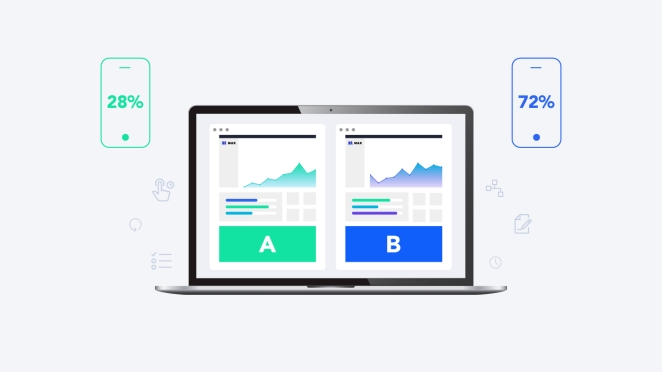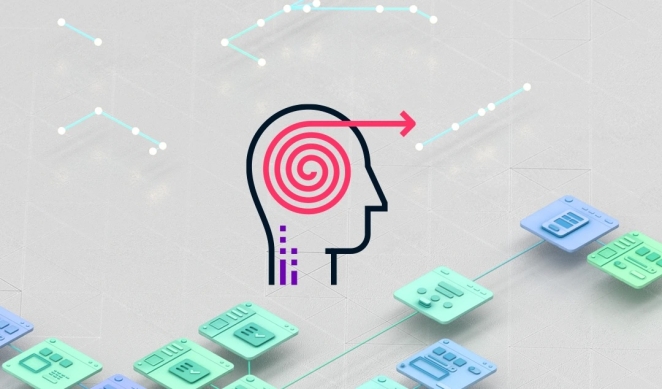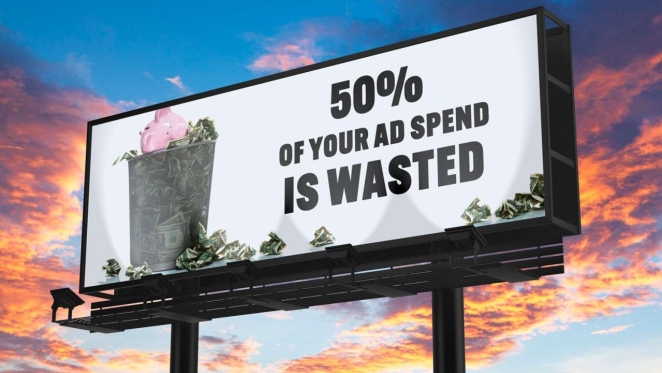https://charlieoscar.com/
As brands fight for attention across crowded platforms, the ability to predict which ad creative will resonate have never been more critical. Will Frappell, Chief Growth Officer at Charlie Oscar, sits at the intersection of data and creativity. In this piece, he breaks down how AI is reshaping the way marketers select, test, and optimise ad creative—replacing slow, subjective methods with real-time insights and performance-driven choices.

Ad creative selection has always been a crucial element of digital marketing. The right creative can captivate audiences, boost engagement, and drive conversions.
However, selecting which ad creative will work best has traditionally been based on intuition, A/B testing, and manual analysis.
This is where artificial intelligence (AI) comes in. AI is transforming how brands make creative decisions by leveraging data to predict which ads will perform best, eliminating much of the guesswork.
The Power of AI in Creative Optimisation
AI offers a data-driven approach to ad creative selection, which was previously a manual and subjective process. By analysing historical performance data, AI can recommend the best ad creative for a specific audience, helping brands optimise their campaigns in real-time.
One major advantage of AI is its ability to analyse huge datasets at speed. AI tools such as Adext AI and Pattern89 analyse data across millions of creative combinations – headlines, images, colours, and even fonts – to identify the top-performing combinations. According to McKinsey, AI-based marketing can increase business revenue by 10% and reduce costs by 20%.
AI-Driven Creative Testing

Traditionally, A/B testing involved running two versions of an ad and manually analysing which version performed better. AI, however, can run thousands of variations simultaneously, comparing performance data in real-time.
Tools like Google’s Responsive Display Ads and Facebook’s Dynamic Ads use AI to automatically test multiple variations of ad creatives and optimise for the best-performing option based on engagement metrics like clicks, conversions, and interactions.
In fact, Google Ads’ Responsive Ads have been shown to improve conversions by 10% compared to static ads.
Predicting Audience Preferences
AI’s ability to predict audience preferences is a game-changer for creative selection. By analysing user behaviour and demographic data, AI can identify which type of content resonates best with specific audience segments.
For example, AI tools like Cortex analyse historical data to predict which creative elements—such as images, copy, and layout—will drive the highest engagement for different audiences.
According to a report by eMarketer, brands that use AI to personalise their ad creatives see an improvement of 30-50% in engagement rates.
Dynamic Creative Optimisation (DCO)
Dynamic Creative Optimisation (DCO) is an advanced form of programmatic advertising that uses AI to automatically create and optimise ad creatives for individual users.
DCO platforms use machine learning to adapt creatives based on user data, such as browsing behaviour, location, and even the time of day. This means each user sees a version of the ad tailored specifically for them.
According to Smart Insights, brands using DCO have reported a 33% increase in engagement rates compared to static creative ads.
Real-Time Optimisation and Automation
AI also enables real-time creative optimisation. As campaigns run, AI can automatically adjust creatives based on real-time performance data. If a particular ad creative is underperforming, AI can swap it out for a higher-performing alternative, ensuring that campaigns are continuously optimised for maximum ROI.
Pattern89, for example, predicts which creatives will drive the highest returns by analysing thousands of data points from previous campaigns. This real-time optimisation can increase ROI by as much as 20-30%.
Reducing Wasted Ad Spend

One of the most significant benefits of AI in creative selection is the reduction of wasted ad spend. AI ensures that the right ad is shown to the right person at the right time, increasing the likelihood of engagement and conversion.
By using data-driven insights, brands can minimise the risk of showing irrelevant ads to their audience, reducing wasted impressions and improving overall efficiency.
AI-powered creative tools like Adext AI have been shown to reduce wasted ad spend by up to 15%, ensuring brands get the most out of their advertising budgets.
AI is transforming how brands approach ad creative selection, making the process faster, smarter, and more efficient.
From predictive analytics and real-time optimisation to personalisation at scale, AI is enabling brands to make data-driven decisions that maximise engagement and ROI.
As AI continues to evolve, it will undoubtedly play a larger role in shaping the future of digital advertising.
For marketers looking to stay competitive in the digital landscape, leveraging AI in ad creative selection isn’t just a trend – it’s a necessity.

